Modal and Response Spectrum Analysis of Propulsion Shafting of Unmanned Ship Based on ANSYS Workbench
DOI: 10.23977/jemm.2022.070206 | Downloads: 49 | Views: 2279
Author(s)
Liangxiong Dong 1, Mingyu Yang 2, Wei Jiang 2
Affiliation(s)
1 Zhejiang Ocean University, Zhoushan, Zhejiang, China
2 Zhoushan Shenghsun Ship Repair Co. Ltd, Zhoushan, Zhejiang, China
Corresponding Author
Mingyu YangABSTRACT
The propulsion shaft system is one of the main parts of the ship's power plant, and its working performance and stability directly affect the safety of the ship, and is also closely related to the life force and strength of the ship. In the environment of rapid development of science and technology, the working performance of the ship propulsion shaft system is becoming more and more demanding, and its components are becoming more and more complex. Therefore, the dynamic response characteristics of the shaft system need to be analyzed to meet the smooth working of the shaft system on the one hand, and to ensure the stability and impact resistance of the ship on the other hand. This paper is based on the traditional ship propulsion shaft system, the propulsion shaft system with universal coupling to modify, design a special transmission mechanism with adjustable tilt angle, firstly, use SOLIDWORKS to establish the propulsion shaft system model, and then import ANSYS for modal simulation analysis, get the first 100 order non-zero modal mass of the tiltable propulsion shaft system, and then simulate the acceleration of the tiltable propulsion shaft system under the action of impact The results show that the dynamic characteristics of the propulsion shaft system are complex and the modal vibration patterns are diverse during the ship navigation, and the tiltable propulsion shaft system can operate safely under the excitation of impact load.
KEYWORDS
Shafting, Model, Response spectrum, CouplingsCITE THIS PAPER
Liangxiong Dong, Mingyu Yang, Wei Jiang, Modal and Response Spectrum Analysis of Propulsion Shafting of Unmanned Ship Based on ANSYS Workbench. Journal of Engineering Mechanics and Machinery (2022) Vol. 7: 40-47. DOI: http://dx.doi.org/10.23977/jemm.2022.070206.
REFERENCES
[1] Cai Guoyong. Power transmission characteristics of catamaran with small waterplane. Guangdong shipbuilding, 2002(01): 16-20
[2] Wang Huan, Xiao Nengqi, Xue Hailong, Qiao Hongyu. Torsional vibration of Marine Low speed diesel Engine propulsion shafting .Ship Engineering, 2018, 40(11): 55-60.
[3] He Zhigang, Chen Jiyu. Modal and seismic response spectrum analysis of a reactor based on ANSYS Workbench. Machine Design and Manufacturing Engineering, 2018, 47(11): 13-15.
[4] Hong Chengcheng, Wang Yue. Seismic response spectrum analysis of beam-slab structures with different cross-sections based on ANSYS Workbench. Building Safety, 2019, 34(07): 18-23.
[5] Benjamin D.,Odof S.,Abbes B.,Nolot J.B.,Erre D.,Fourchet F.,Taiar R.. Shock response spectrum analysis in running performance. Computer Methods in Biomechanics and Biomedical Engineering, 2020, 23(sup1).
[6] HE Chaocong, et al. Modal analysis of spindle of grinder machine based on ANSYS. Journal of Shanghai Normal University (Natural Sciences), 2015, 44(5): 461-465.
[7] Fan W, Yuan W C. Shock spectrum analysis method for dynamic demand of bridge structures subjected to barge collisions. Computers & Structures, 2012, 90-91(Jan.): 1-12.
[8] Zhang YW, Kang XW. Modal and seismic response spectrum analysis of a communication transmitting tower based on ANSYS Workbench. Journal of Arms and Equipment Engineering, 2016, 37(11): 83-86.
[9] Song Jingli, Zhao Hongguang, Li Chen. Research on the calculation method of ship equipment hit spectrum under the action of underwater explosion. Blasting, 2016, 33(04): 107-111.
[10] Yin HJ, Liu CL, Jiang E et al. Response spectrum analysis of oil recovery tree pipeline based on ANSYS Workbench. Petroleum Mine Machinery, 2015, 44(01): 13-16.
| Downloads: | 11122 |
|---|---|
| Visits: | 423338 |
Sponsors, Associates, and Links
-
Cybernetics and Mechatronics
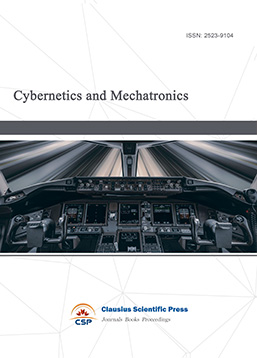
-
Digital Manufacturing and Process Management
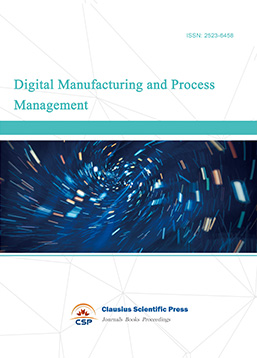
-
Ultra-Precision Machining Process

-
Journal of Robotics and Biomimetics
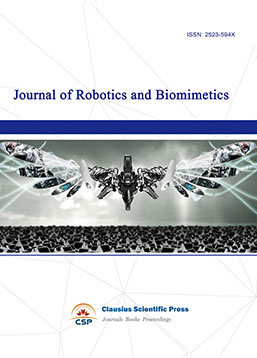
-
Prognostics, Diagnostics and Health Management

-
Micro-Electro-Mechanical Systems

-
Journal of Precision Instrument and Machinery
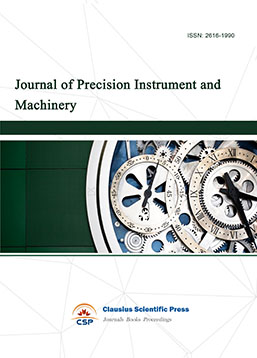
-
Engineering and Solid Mechanics

-
Fracture and Damage Mechanics
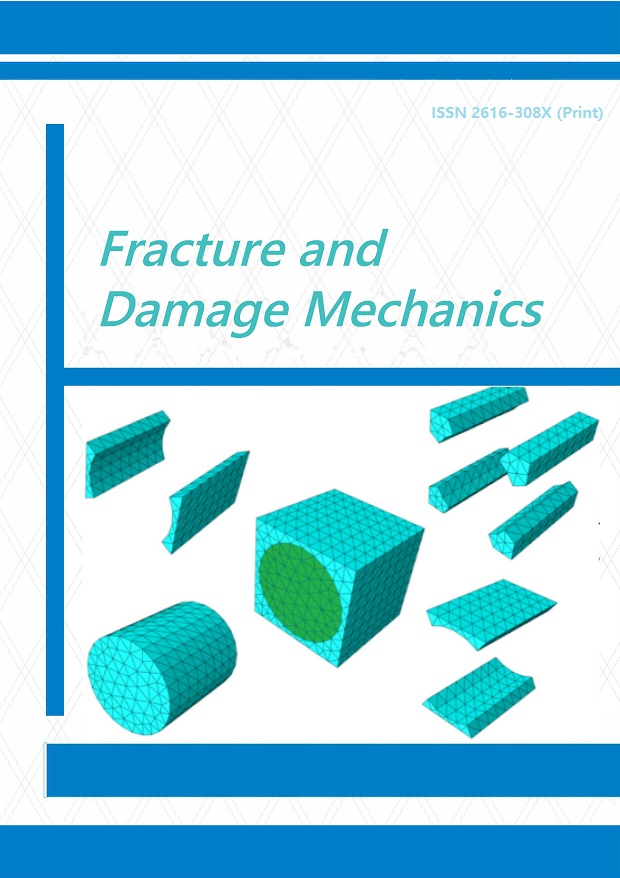
-
Frontiers in Tribology

-
Fluid and Power Machinery

-
Chemical Process Equipment
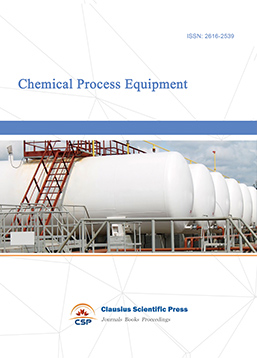
-
Journal of Assembly and Manufacturing
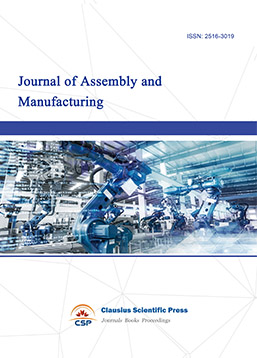
-
Mechanical Vibration and Noise


 Download as PDF
Download as PDF